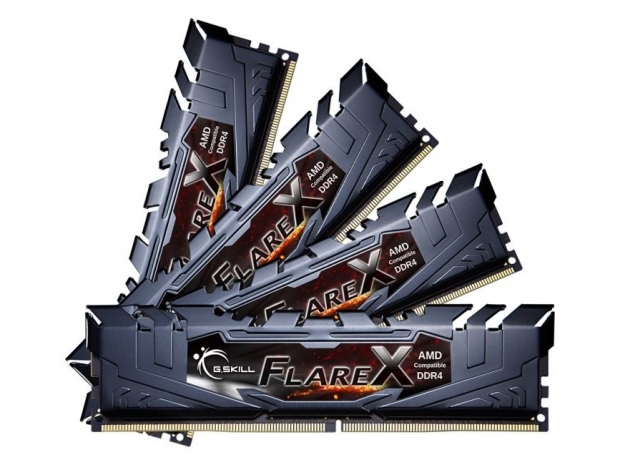Prices of high-end flash memory chips,dropped nearly five percent in the fourth quarter and some analysts now expect the industry’s growth rate will fall by more than half this year to 30 percent.
That led shares in Samsung to dip 7.5 percent last week, while its home rival SK Hynix fell 6.2 percent. But analysts say that there is unlikely to be a sudden crash, and that 2018 should be a relatively stable year for chipmakers.
Yuanta Securities Korea analyst Lee Jae-yun told investors that memory chips will likely see a gradual price decline in 2018 if demand remains strong and appetite from servers holds.
However 30 percent growth is still a strong gain in an industry known for volatility, and the market is still on course for its longest ever boom after shrinking six percent in 2016.
The supply of NAND flash memory chips, in particular, will grow 43 percent this year, up from last year’s 34 percent, causing prices to drop by about 10 percent, brokerage Nomura estimates.
Nomura expects growth in output will be largely led by the likes of Western Digital, Toshiba and Micron as they seek to catch up with top-ranked Samsung, which controls about 40 percent of the flash memory chip market.
Smartphone vendors have been including more memory in their phones and charging more for them, allowing them to weather last year’s price surge, analysts say.
Average DRAM memory of new models launched last quarter increased by 38 percent from the second quarter of 2016, while NAND content measured by gigabyte jumped 84 percent, according to an analysis by BNP Paribas.
Such solid demand will keep the industry’s margin healthy this year, and chipmakers’ investment in more advanced technology will help them cut production costs and stay profitable even as prices ease, analysts say.
The DRAM memory chip market, which is about $20 billion bigger than the NAND industry, is seen as much tighter. Prices are expected to gain nearly 9 percent because of a severe supply shortage.
With DRAM manufacturers’ rushing to ramp up production - they are likely to nearly quadruple capital spending for 2017 and 2018 combined to $38 billion from 2016’s $10 billion - prices may decline as much as 18 percent next year, according to Nomura.
That gives some investors confidence in the industry’s long-term future.
“Although supply-demand dynamics are still solid, clients’ pressure to lower prices make it hard to predict” what will happen", said MS Hwang, an analyst at Samsung Securities, which is an affiliate of Samsung Electronics.

